50+ Sample Bill of Lading Forms
-
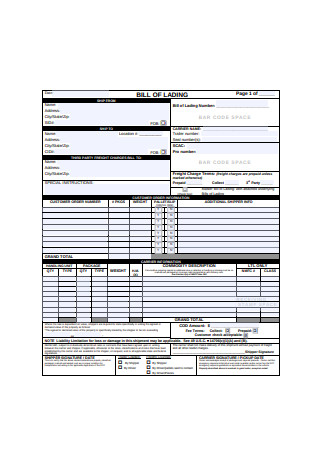
Bill of Lading Form
download now -
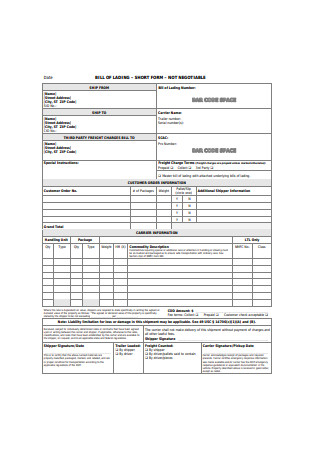
Bill of Lading Short Form
download now -

Straight Bill of Lading
download now -
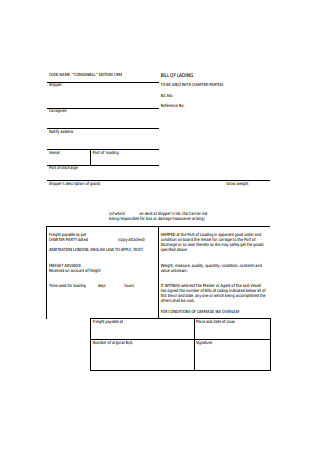
Sample Bill of Lading Form
download now -

Straight Bill of Lading Format
download now -
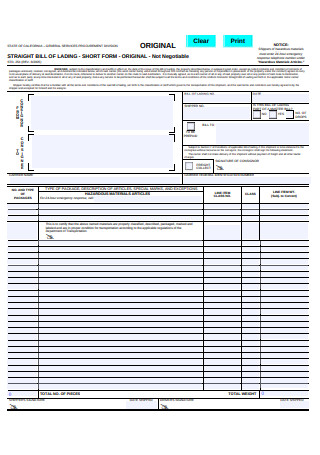
Straight Bill of Lading Short Form
download now -
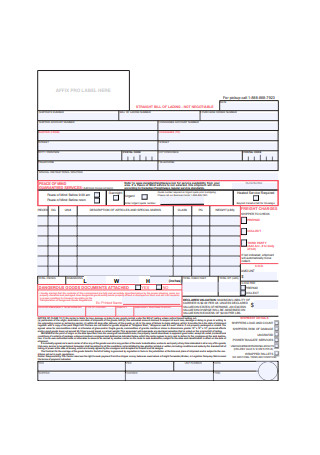
Straight Bill of Lading Form
download now -
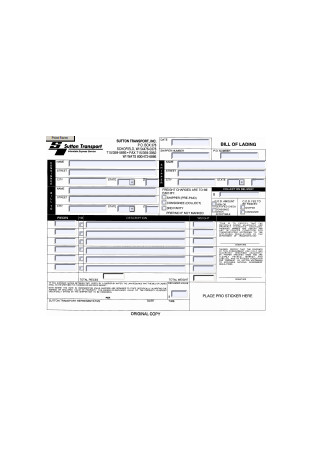
Transport Bill of Lading Form
download now -
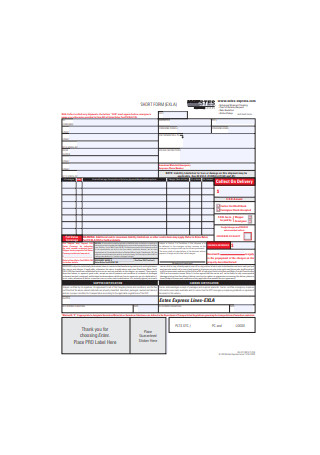
Straight Bill of Lading Short Form Example
download now -
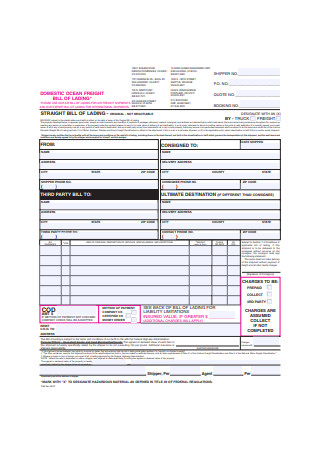
Bill of Lading Form Example
download now -
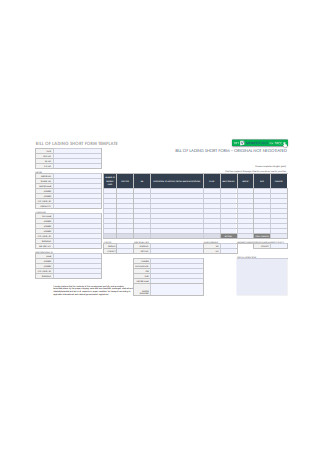
Bill of Lading Short Form Template
download now -
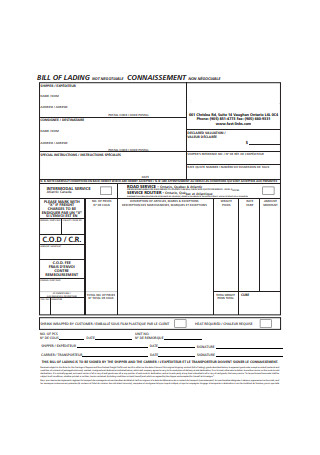
Basic Bill of Lading Form
download now -
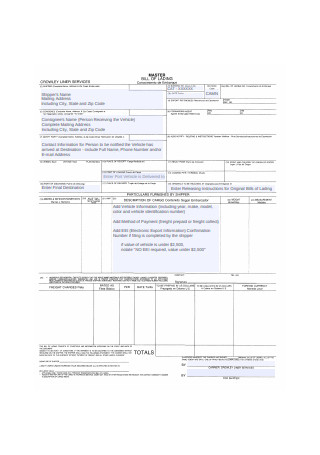
Bill of Lading Form Sample
download now -
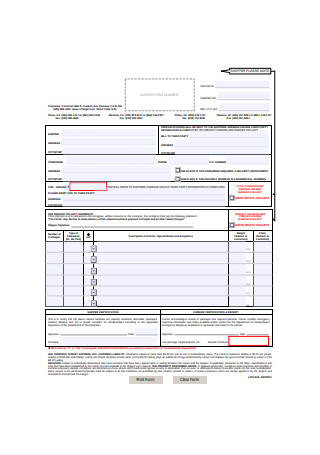
Bill of Lading Form Format
download now -
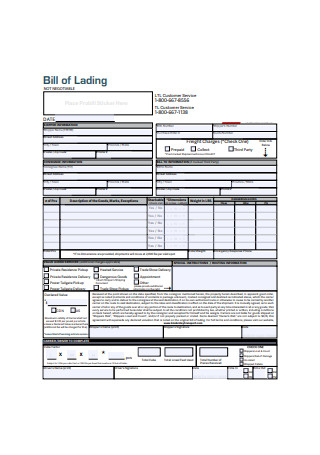
Standard Bill of Lading
download now -
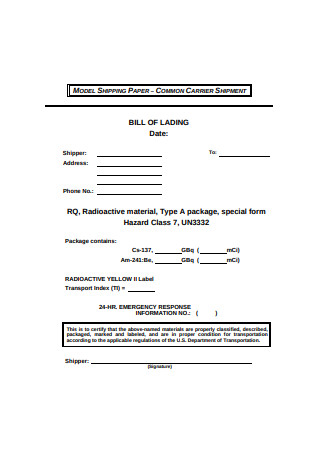
Basic Bill of Lading Form Example
download now -
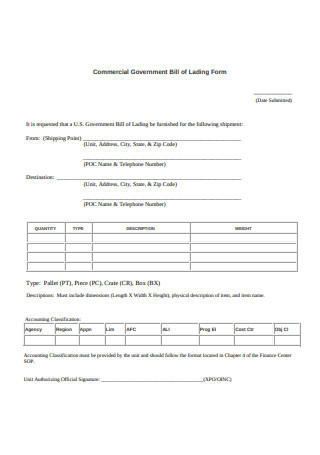
Commercial Bill of Lading Form
download now -

Sample Straight Bill of Lading Short Form
download now -
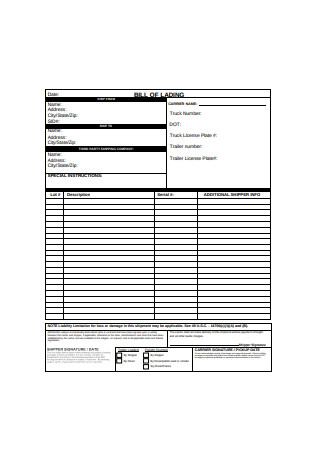
Printable Bill of Lading
download now -
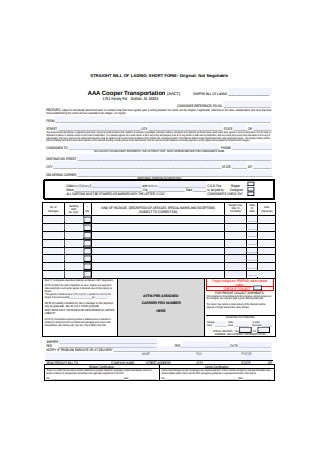
Transportation Straight Bill of Lading Form
download now -
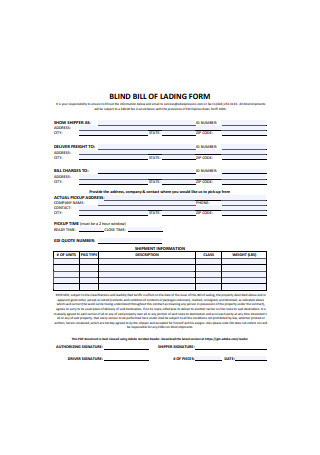
Blind Bill of Lading Form
download now -
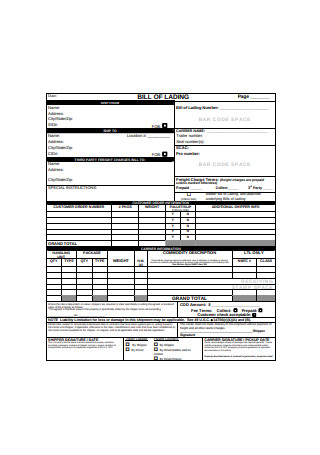
Simple Bill of Lading Form
download now -
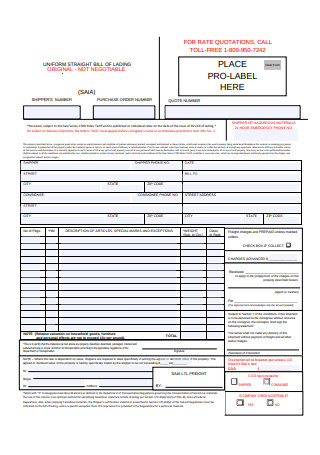
Uniform Straight Bill of Lading Form
download now -

Printable Bill of Lading Short Form
download now -
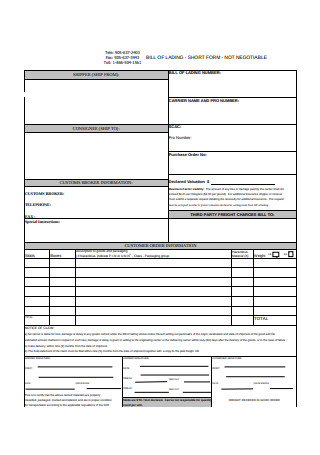
Simple Bill of Lading Form Example
download now -
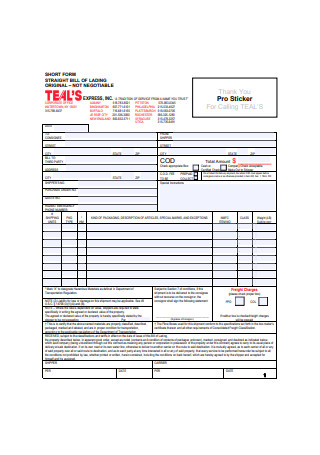
Printable Straight Bill of Lading Short Form
download now -
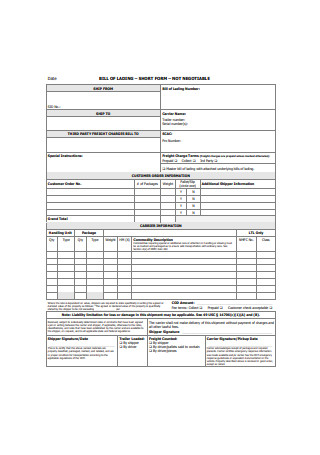
Sample Bill of Lading Short Form
download now -
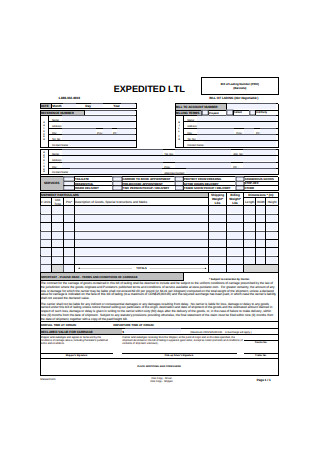
Standard Bill of Lading Form Example
download now -
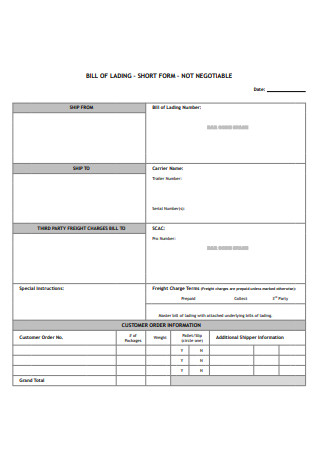
Bill of Lading Short Form Example
download now -
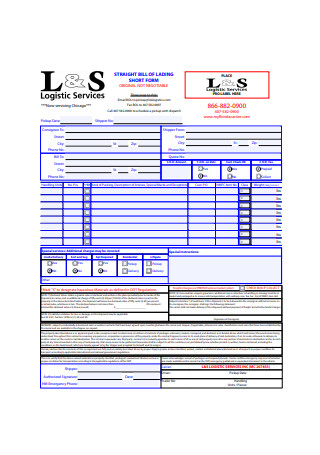
Printable Straight Bill of Lading Short Form Example
download now -
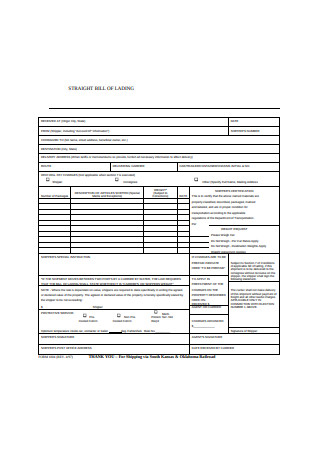
Straight Bill of Lading Form Example
download now -
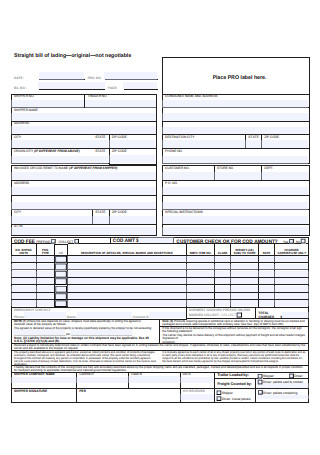
Straight Bill of Lading Form Sample
download now -

Basic Straight Bill of Lading Form
download now -
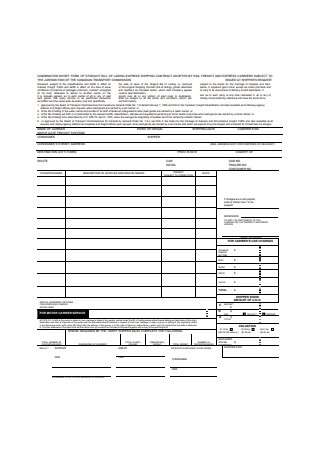
Bill of Lading Short Form Sample
download now -
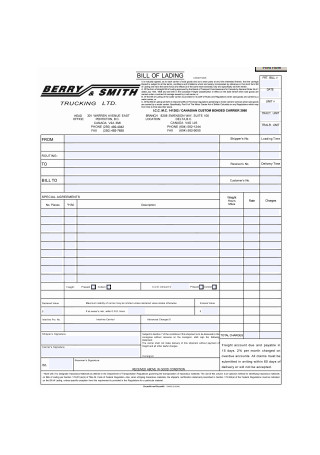
Simple Bill of Lading Form Format
download now -
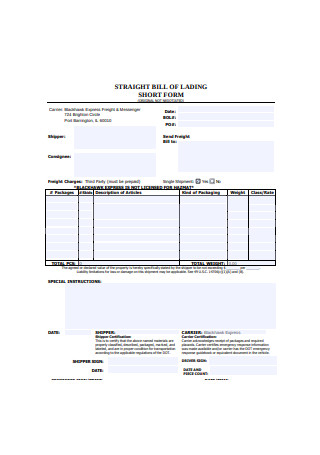
Sample Straight Bill of Lading Form
download now -
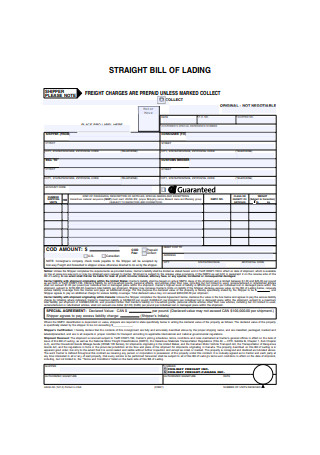
Formal Straight Bill of Lading Form
download now -

Bill of Lading Short Form Format
download now -
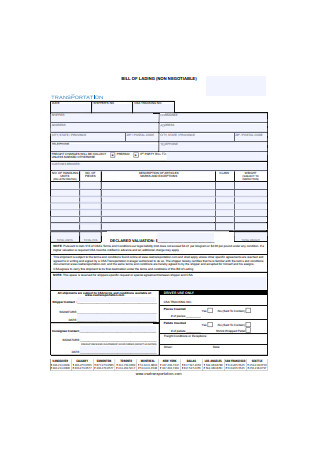
Transportation Bill of Landing Form Example
download now -
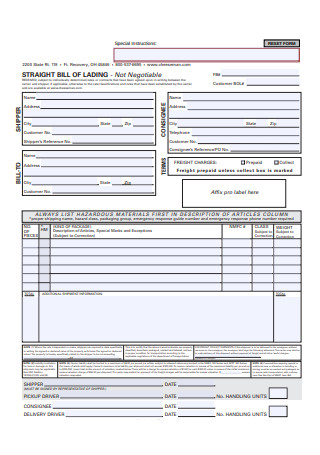
Sample Straight Bill of Lading Form Example
download now -
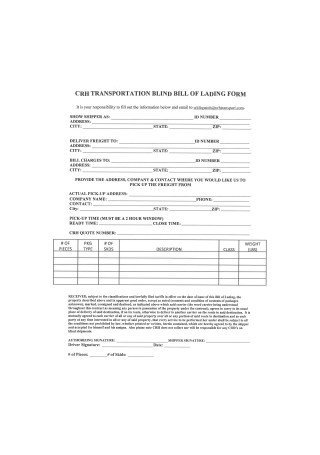
Transportation Blind Bill of Landing Form
download now -
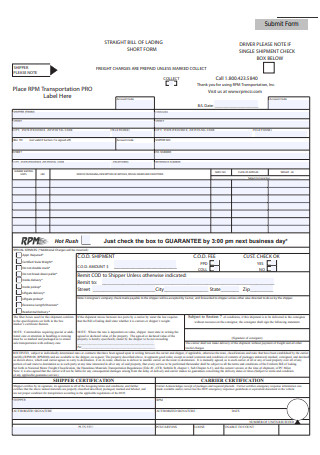
Sample Straight Bill of Lading Form Format
download now -
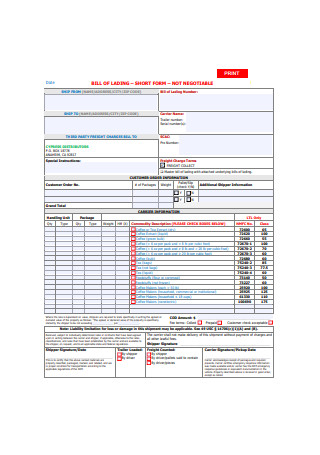
Printable Bill of Lading Short Form Example
download now -
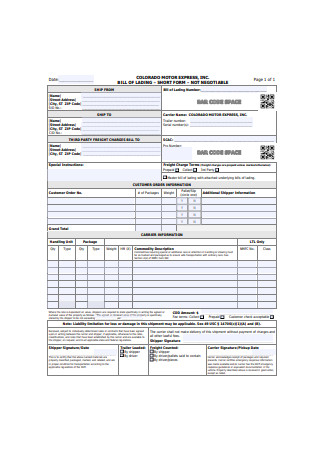
Formal Bill of Lading Form
download now -
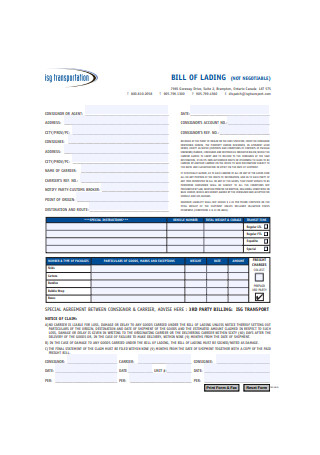
Transportation Bill of Lading Form Example
download now -
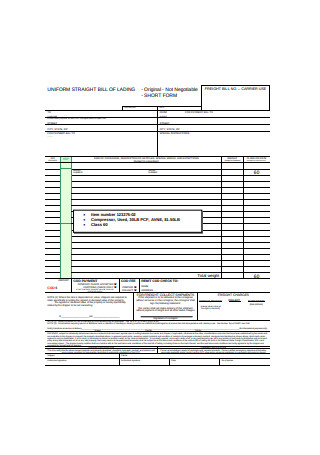
Uniform Straight Bill of Lading Form Example
download now -

Basic Straight Bill of Lading Short Form
download now -
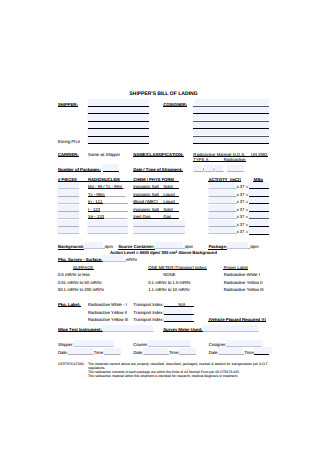
Shipper’s Bill of Lading Form
download now -
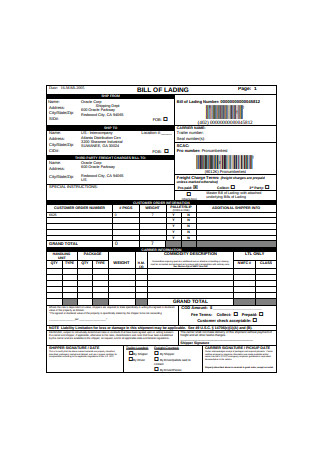
Printable Bill of Lading Form Example
download now -
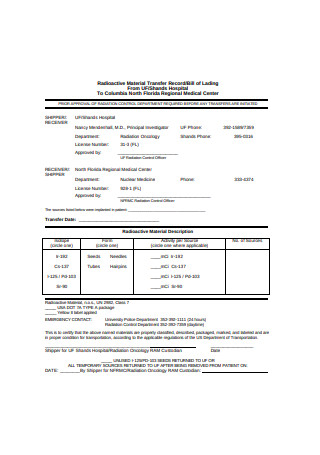
Basic Bill of Lading Form Sample
download now -
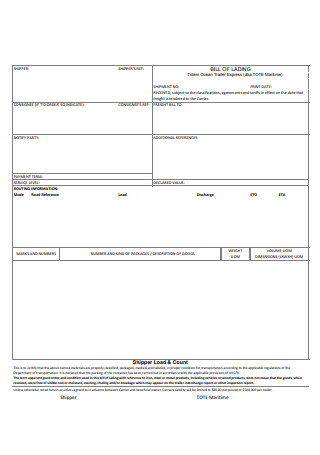
Printable Bill of Lading Form
download now -
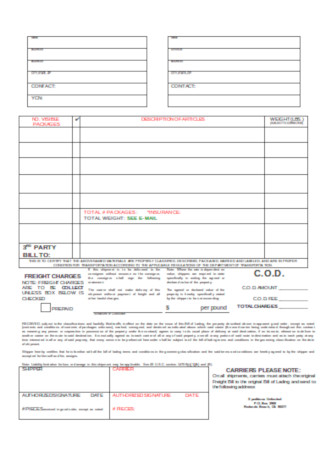
Sample Bill of Landing Short Forms Template
download now -
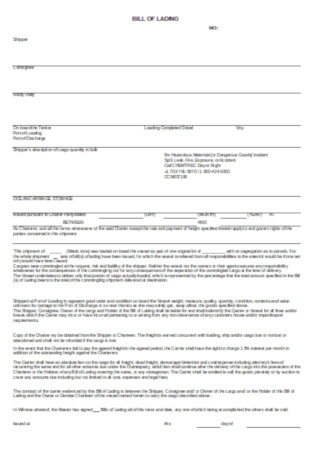
Formal Bill of Landing Forms Template
download now
FREE Bill of Lading Form s to Download
50+ Sample Bill of Lading Forms
What Is a Bill of Lading?
Main Parts of a Bill of Lading
How to Correctly Fill Out a Bill of Lading
FAQs
Who prepares the bill of lading?
What is a surrendered bill of lading?
What is a negotiable bill of lading?
Is airway bill and bill of lading the same?
What Is a Bill of Lading?
To explain in simple terms, a bill of lading is a shipping receipt. Wholesale sellers and buyers are the common people who use freight carriers to deliver goods or items in bulk. If you are in the supplying business and sell items by large quantities, a feasible way of delivering them is by hiring a logistics company to take care of transferring the items from one point to the other. They will issue a document containing all essential information about the shipment. The document is called a bill of lading. The bill of lading works in three ways: it serves as a receipt of the goods, evidence of shipment, and document of title. It works as a document of title, meaning, ownership of the goods gets transferred to the holder of the bill of lading. That is why a shipper sends the document by airmail to the buyer after the goods are mounted for transport.
The transfer works like this, a buyer and seller enter into a purchase agreement. The seller will ship the item using a freight carrier. The carrier issues the seller-shipper a bill of lading. Then, the seller-shipper sends the document to the buyer-consignee/receiver through airmail since it will only take a few days, and the document must be in his hand before the items are delivered. The carrier reaches the delivery place and will ask the receiver for the bill of lading evidencing ownership. The buyer-consignee presents the document, and the carrier releases the goods to him, making the transaction complete.
Main Parts of a Bill of Lading
Depending on the type of bill of lading, its content can differ from one to another. In the case of a vessel transport bill of lading, the name of the ship must be written on the document. A shipping or transport company may also ask you to include other relevant information they deem necessary. A typical bill of lading will contain the following information:
How to Correctly Fill Out a Bill of Lading
Writing wrong information and incorrect entries in a bill of lading can greatly affect the shipping process. An inaccurate bill of lading can have legal repercussions. You can lose your right to claim damages against the freight carrier, or your buyer could lose his right to indemnity for damaged goods. It is also possible that your items will not make it to its destination. As the shipper, you must exercise care in filling out the bill of lading to avoid future problems. To guide you, we have compiled a few steps you can follow to fill out a bill of lading correctly.
Step 1: Describe the freight correctly
Provide a lengthy, specific, and comprehensive description of the item you are shipping. Specify the number of containers or boxes and the number of goods in each container or box. This is important since you and the carrier will use this as a record of the items scheduled for shipment. You and the consignee may refer to this section to check if all goods are complete.
Step 2: Label your package
If you are shipping hazardous or delicate materials, make sure to take the extra measure in providing a shipping guideline. You can write “handle with care” for fragile items. In the case of hazardous materials and substances, make sure you include the necessary papers and certifications from your local health department that authorizes its travel.
Step 3: Double-check your contact information
Provide your contact details in case a package is not received and must be returned to the sender or shipper. This makes the return process easier for the carrier and avoids the package getting lost in the process.
Step 4: Fill out all the required fields
Don’t leave anything blank; make sure you fill out every vital entry. One of the common mistakes a shipper makes is not filling out all the required fields in a bill of lading. An incomplete form can cause confusion and ultimately disrupt the shipping process.
Step 5: Read the terms and conditions
Read the entirety of the document and make sure you understand what you are signing. Some bill of lading includes small prints, limiting the liability of a carrier for loss or damaged goods.

FAQs
Who prepares the bill of lading?
It is the carrier that prepares and issues a bill of lading to a shipper. The carrier is the shipping or transportation company that brings goods or products from one place to another. Typically, he transports by bulk and delivers the product to the consignee. The delivery method can be done by land or by sea, but not by air (see airway bill).
What is a surrendered bill of lading?
Imagine this: you are transacting with someone from Germany for the purchase of a luxury car. You are the buyer and Mr. A is the seller. The car needs to be transported by sea, so you engage the services of the XYZ carrier. XYZ would then issue a bill of lading to Mr. A for the shipment of the car. Part of your deal with Mr. A is you would pay the whole of the purchase price once a bill of lading is acquired and the bill of lading would be shipped to you through airmail. The bill of lading you receive from the mail is called a surrendered bill of lading. You can present the document to the carrier as evidence of ownership over the car. In short, whoever holds the bill of lading owns the thing being shipped. The importance of surrendering a bill of lading to another person is to transfer ownership of the goods.
What is a negotiable bill of lading?
A negotiable bill of lading is a negotiable instrument. If you are issued a negotiable bill of lading, you can transfer the ownership of the goods to any person by giving him the document. Meaning, whoever bears the document owns the goods stated in the bill of lading. Likewise, the carrier must deliver the goods to the person who possesses the bill of lading. The document does not state any name of the receiver; it merely provides that it is negotiable and whoever has it in his possession can claim ownership of the goods.
Is airway bill and bill of lading the same?
An air bill works the same as a bill of lading. A freight carrier issues both documents to a shipper as evidence of shipment. The difference lies in how the transportation of the goods is made. One is by air, and the other by sea and land. An air bill is a document issued by an air cargo carrier that transports the goods by air, whereas a bill of lading is issued by a ship or truck carrier that transports the goods by vessel or by land vehicles.
Freight carriers are an integral part of the economy. Every industry relies on carriers for the delivery of essential goods. If you are one of the people engaging in this type of business, know that you are doing us a service. To help you make operations easier, download a template from this site and start using a bill of lading to properly document the shipping process. You can choose to have it in PDF or Microsoft Word format for easy printing.
